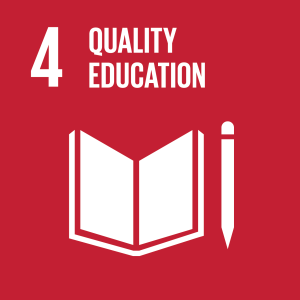
“Education is the passport to the future, for tomorrow belongs to those who prepare for it today.” —Malcolm X
Asia, my helper at home is from Ethiopia and dropped out of school at lower secondary school age because of poverty. and she once told me “If it was up to me, I would choose to get educated. However, this is my life.”236 million children and youth in the world are Asia where 57 million are in the Central and West Africa region. These adolescent need all the help they can get in order to get out of the conditions they are living. They have the right like every child to have access to education.

Adolescents who can afford it are sent to private schools in several African countries. But many people in rural areas and poorer households do not have that option.
800 ) { vizElement.style.width=’800px’;vizElement.style.height=’827px’;} else if ( divElement.offsetWidth > 500 ) { vizElement.style.width=’800px’;vizElement.style.height=’827px’;} else { vizElement.style.width=’100%’;vizElement.style.height=’727px’;} var scriptElement = document.createElement(‘script’); scriptElement.src = ‘https://public.tableau.com/javascripts/api/viz_v1.js’; vizElement.parentNode.insertBefore(scriptElement, vizElement); ]]>
The above map shows the average of Adolescents out of school on all over the world from 2000 till 2021 where the African region has the highest average from all the others.
The increase in dropout rates is due to several reasons. According to UNICEF, adolescents dropout rates are influenced by child marriage, conflicts and disasters, and gender discrimination. Also, Poverty plays a major role in increasing the rates of adolescents out of school where they are forced into employment at a very young age to accommodate the living demands.
800 ) { vizElement.style.width=’800px’;vizElement.style.height=’827px’;} else if ( divElement.offsetWidth > 500 ) { vizElement.style.width=’800px’;vizElement.style.height=’827px’;} else { vizElement.style.width=’100%’;vizElement.style.height=’727px’;} var scriptElement = document.createElement(‘script’); scriptElement.src = ‘https://public.tableau.com/javascripts/api/viz_v1.js’; vizElement.parentNode.insertBefore(scriptElement, vizElement); ]]>
There is a positive correlation between Average % of poverty headcount ratio at national poverty line & average % of Adolescents out of school throughout the years for all countries. The highest average percentage of poverty is in the African region such as South Sudan having 82.3% which leads to have high average percentage of adolescents out of school (51.18%)
Also, there is a positive correlation between Average % of child marriage at the age of 15 & average % of Adolescents out of school throughout the years for all countries. The highest average percentage of early marriage is in the African region such as Niger having 37.38% which leads to have high average percentage of adolescents out of school (83.03 %).
All countries, especially those with low levels of education, should restrict early marriage.
800 ) { vizElement.style.width=’800px’;vizElement.style.height=’827px’;} else if ( divElement.offsetWidth > 500 ) { vizElement.style.width=’800px’;vizElement.style.height=’827px’;} else { vizElement.style.width=’100%’;vizElement.style.height=’727px’;} var scriptElement = document.createElement(‘script’); scriptElement.src = ‘https://public.tableau.com/javascripts/api/viz_v1.js’; vizElement.parentNode.insertBefore(scriptElement, vizElement); vizElement.parentNode.insertBefore(scriptElement, vizElement); ]]>
Due to the several factors mentioned, Adolescents are forced in employment where Niger for example has the highest Average of Adolescents in employment (50.23% ) compared to other African countries as shown in the above graph.
Actions to be taken:
• Raise awareness on the importance of education
• Provide financial support for poor families
• Provide flexible, affordable, high-quality school options
• Improve the access to education
• Ensure that all adolescents complete free, equitable secondary education.
All the above factors are important in guaranteeing a better future for children. However, it is recommended that they be accompanied by the right laws that prevent child employment and provide equal opportunities for females to participate in the workplace.









GIPHY App Key not set. Please check settings